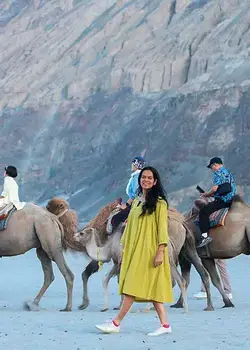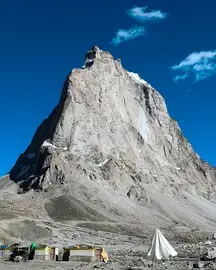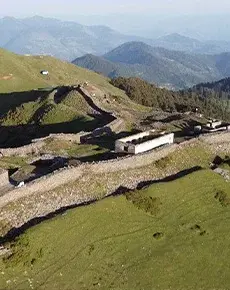

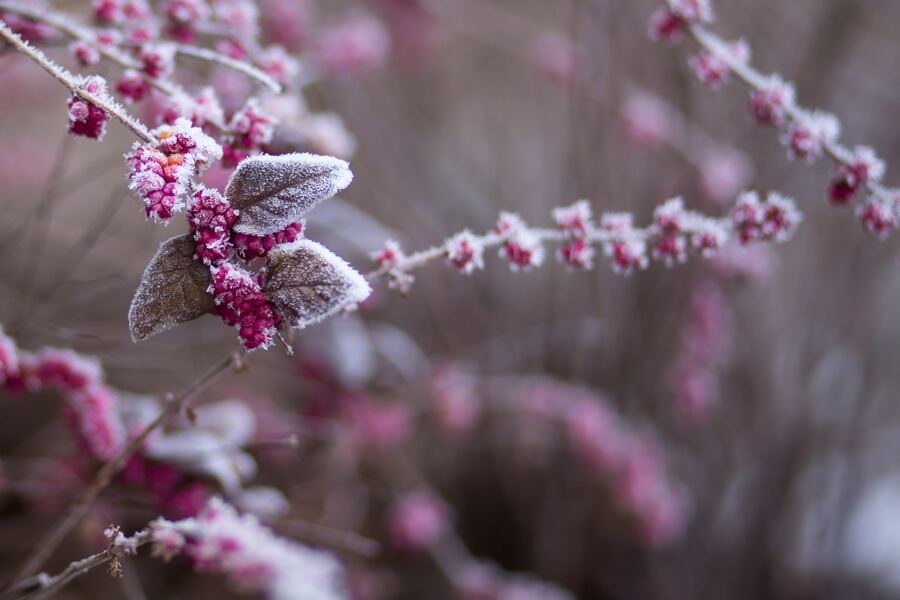
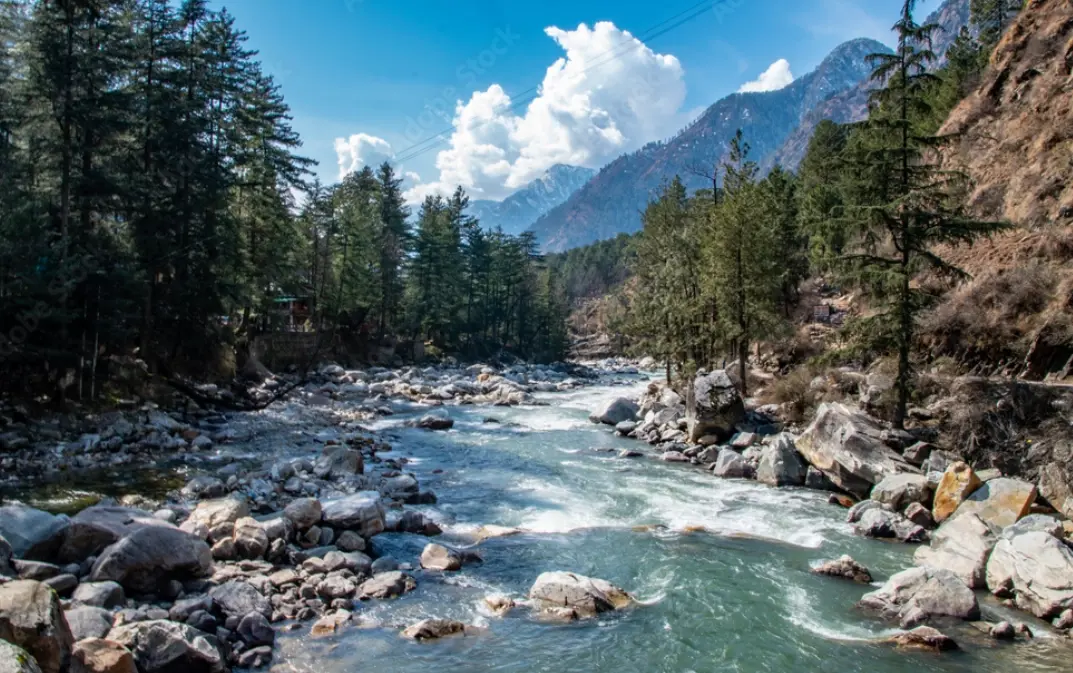
Kasol Himachal is part of the Parvati Valley in Himachal Pradesh, India. At first it was one of the seasonal passes for the nomadic sheep herders crossing ancient trade routes to Tibet. Its place has always made it easy for cultural exchange between the local sheep herders and travelers passing by. As early as the 1970s, Kasol started to be a destination for hippies because of its ambiance-very quiet, scenic, with all the possibilities for cannabis. The place became a haven for spiritual enthusiasts and artists.
It brought worldly influences along with it, which combined itself with the traditional Himachali culture. Kasol Himachal has therefore emerged as a cosmopolitan village nowadays, and people from India, Israel, Europe, and other corners of the world come together here. Its cafes have a local diet of Himachalis blended with international dishes such as Israeli hummus and Israeli falafel.
Kasol is also one of the access points to some of the most popular treks in the Himalayas. Famous treks include hot spring-based Kheerganga, Malana, which has its way of life, and Tosh with its breathtaking panoramic views. Accommodation in Kasol Himachal ranges from budget guesthouses to higher end resorts intended for a variety of travelers.
Despite its popularity, Kasol Himachal is still facing the challenges of sustainable tourism and environmental protection. Influx has pinned on resources, and therefore, there is a need to create responsible tourism and a protection environment. Nevertheless, Kasol Himachal remains an attraction for tourists who want a calm retreat amidst nature.

Shimla, the capital city of the Indian state of Himachal Pradesh, has a rich and fascinating history. Here's a brief overview:
Early History: Shimla's history dates back to the early 19th century when it was a part of the Kingdom of Nepal. It was later invaded and occupied by the Gurkhas. In 1815, the British East India Company defeated the Gurkhas and gained control of Shimla and its surrounding areas.
British Era: Shimla became a popular hill station during the British Raj. The British officers were drawn to its cool climate, and it soon became the summer capital of British India in 1864. The British developed Shimla extensively, building numerous colonial structures, including the Viceregal Lodge (now known as the Indian Institute of Advanced Study), churches, and residences.
Role in Indian Independence: Shimla played a significant role in India's struggle for independence. The famous Shimla Conference of 1945 took place here, where representatives of the Indian National Congress and the Muslim League met to discuss the transfer of power from the British to the Indian leadership. This conference eventually led to the partition of India and the creation of Pakistan in 1947.
Post-Independence: After independence, Shimla became the capital of Punjab until 1966 when it was named the capital of the newly formed state of Himachal Pradesh. Since then, Shimla has continued to grow as a popular tourist destination, known for its colonial architecture, scenic beauty, and pleasant climate.
Modern Shimla: Today, Shimla is a bustling city known for its picturesque surroundings, colonial charm, and vibrant culture. It attracts tourists from all over the world who come to experience its natural beauty, explore its historical sites, and enjoy its pleasant weather.
Overall, Shimla's history is a blend of colonial heritage, political significance, and natural beauty, making it a fascinating destination for history enthusiasts and travelers alike.
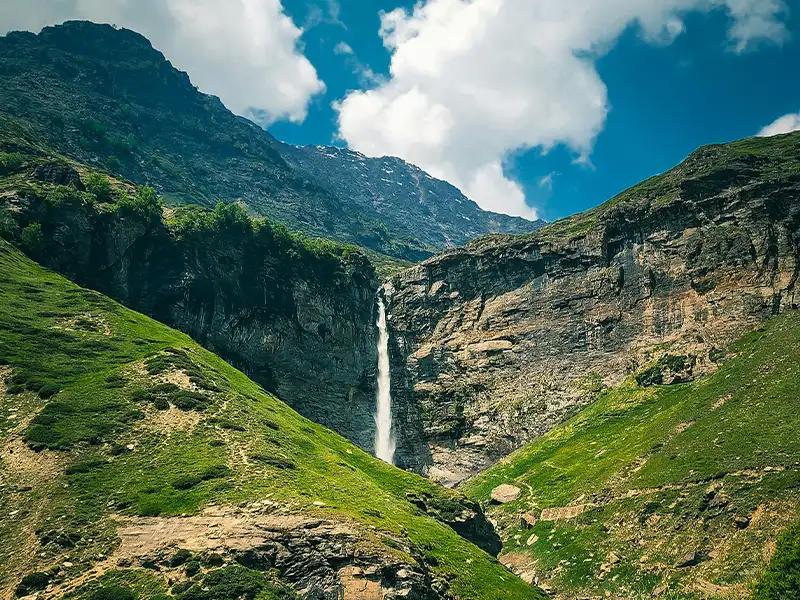
Manali is a beautiful hill station that lies within the state of Himachal Pradesh Kullu Manali, known for its stunning views, serene surroundings, and entertaining activities. Whether you are one of the adventurous types in heart, or you are relaxing, Himachal Pradesh Kullu Manali offers something that quenches everyone's thirst for adventures. You can go trekking, skiing, paragliding, or river rafting.
Some of the must-visit places include the old Hadimba Devi Temple, Manu Temple which is a historic temple, and the handsome Solang Valley. This place is also quite popular with its cozy cafes, mouthwatering local food, and relishing facets of nature as well as thrilling adventures.
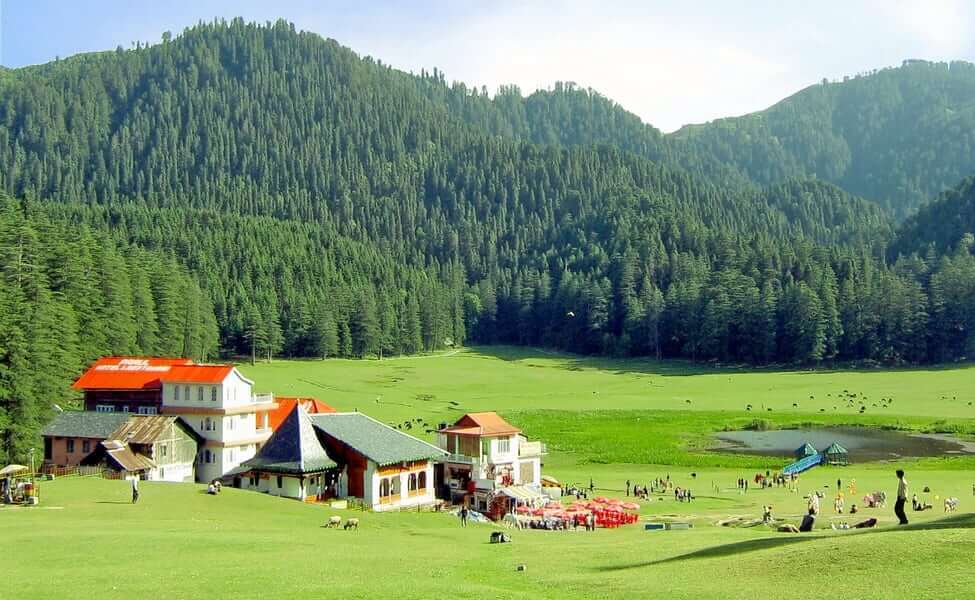
Dalhousie, a charming hill station in Himachal Pradesh, was established in 1854 by the British as a summer retreat for their officials. Named after Lord Dalhousie, the then Governor-General of India, it was developed as a peaceful getaway from the scorching Indian summers.
The town retains its colonial charm, with British-era churches, bungalows, and schools still standing. It was a favored spot for British officers and later became a popular tourist destination due to its pristine natural beauty, pine-clad valleys, and breathtaking views of the Dhauladhar range.
Dalhousie also has historical significance as a place where Netaji Subhash Chandra Bose once stayed, and the freedom struggle echoes through landmarks like Subhash Baoli. Today, it blends history with nature, offering a perfect escape into the past and the mountains.
.webp)
Leh has been a crucial part of trade routes connecting Tibet with Kashmir, Central Asia, and beyond. Once the capital of the Himalayan kingdom of Ladakh, it rose to prominence in the 17th century under King Sengge Namgyal, who built the iconic Leh Palace. Over the centuries, Leh evolved as a cultural crossroads for Buddhist and Central Asian influences. Even today, its historic monasteries and palaces reflect this rich blend of heritage and spirituality.

Lahaul, once part of the ancient kingdom of Western Tibet, has long served as a cultural and trade bridge between India and Central Asia. Historically, it lay on the Silk Route that connected Kashmir, Ladakh, and Tibet. With the spread of Buddhism across the Himalayas, Lahaul became a spiritual stronghold, peppered with monasteries dating back over 1000 years.
During the British Raj, Lahaul was considered remote and isolated, accessible only during summer via the dangerous Rohtang Pass. Post-independence, it merged into Lahaul and Spiti district in Himachal Pradesh. With the opening of the Atal Tunnel in 2020, Lahaul has been rediscovered, offering year-round access and redefining winter tourism in the region.
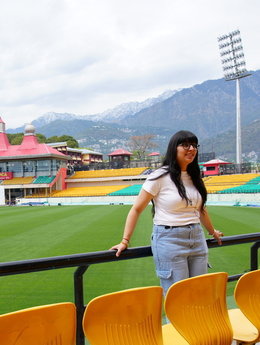
Dharamshala is a picturesque town located in the Kangra district of the Indian state of Himachal Pradesh. Its history is rich and varied, shaped by various cultures, rulers, and events. Here's an overview of the history of Dharamshala:
Early History: The region around Dharamshala has a long history dating back to ancient times. It has been inhabited by various indigenous tribes and clans. However, concrete historical records are sparse during this period.
British Era: During the British colonial rule in India, Dharamshala emerged as a small hill station. The British officers and troops stationed in nearby towns such as Kangra and McLeod Ganj found Dharamshala's climate pleasant and suitable for a summer retreat. The British developed it as a cantonment town, establishing various administrative and military buildings.
Development as a Tourist Destination: Over the years, Dharamshala has evolved from a quiet hill station to a bustling tourist destination. Its serene natural beauty, coupled with its cultural significance, has attracted tourists from around the world. McLeod Ganj, a suburb of Dharamshala, has particularly gained fame as the residence of the Dalai Lama and a center for Tibetan studies, meditation, and spirituality.
Administrative Changes: Dharamshala underwent administrative changes with the reorganization of states in India. Initially, it was a part of the Punjab state. However, after the formation of the state of Himachal Pradesh in 1966, Dharamshala became a part of Himachal Pradesh.
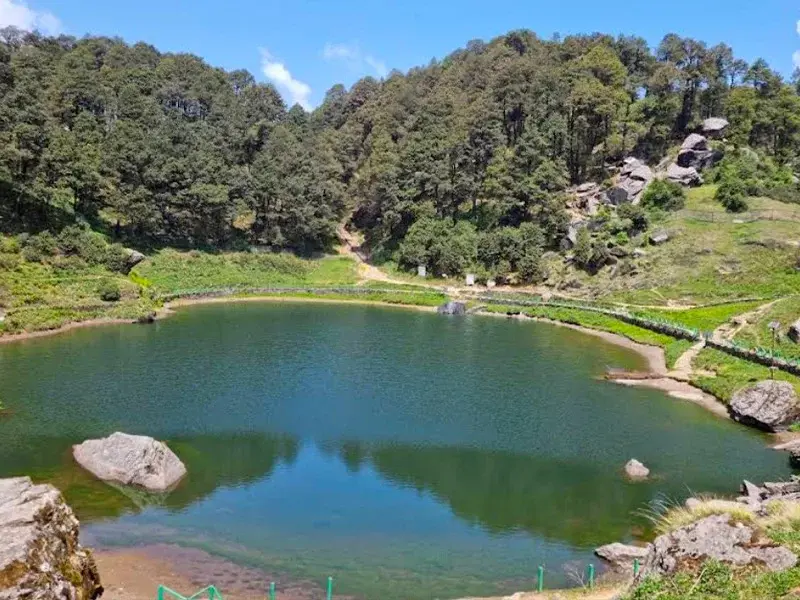
Tucked away in the Banjar Valley of Himachal Pradesh, Jibhi was once just a whisper among shepherds and seasonal travelers. Its name comes from the local word meaning “whisper” or “murmur”—a nod to the sound of the river that winds through this pine-cloaked valley. For decades, Jibhi was known only to the native Himachali tribes who built charming wooden homes (called Kath-Kuni) and practiced apple farming, trout fishing, and slow living.
Until the late 1990s, Jibhi didn’t appear on the tourist map. It was only in the early 2000s that a few offbeat travelers stumbled upon its silence—and chose to stay. Today, Jibhi is a mix of its proud past and a conscious, eco-loving present. Electricity and internet arrived late here, which only helped preserve its soul.

